OUR BLOG
Eight Decades of the Eternal Derby
The rivalry of Belgrade football clubs Red Star and Partizan has become a global phenomenon a long time ago. The generational loyalty to one’s beloved club, the love for team colours, the passion and desire for victory are trademarks of this unique fan tradition. That is why every encounter between these fierce rivals is a true celebration of sports
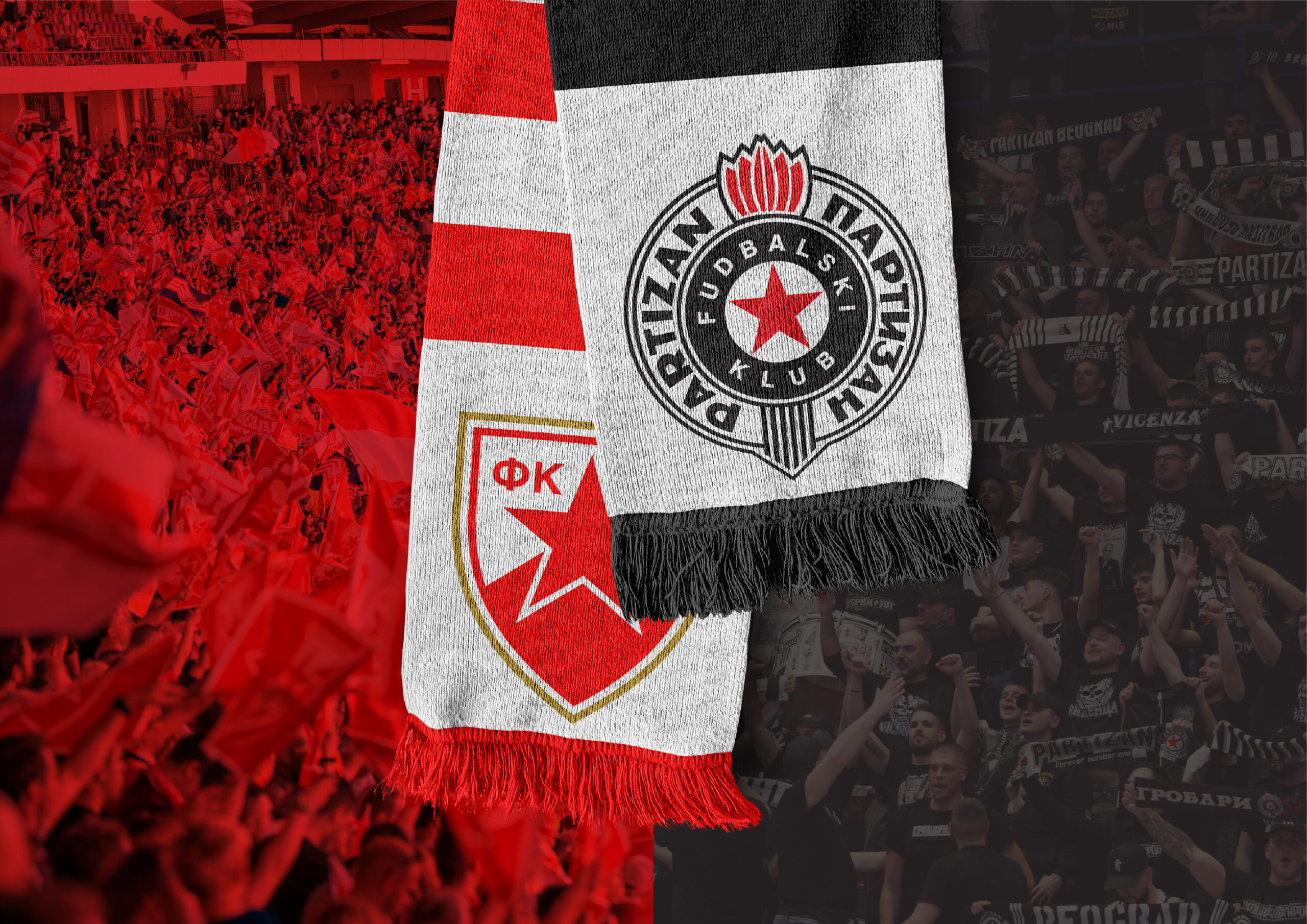
The decision to visit a city as a tourist usually involves planning the locations and sights you want to see. So, if you ever went to Rome, you most definitely have a picture of yourself in front of the Colosseum and you must have thrown a coin into the Trevi Fountain. Or, if you are in Paris, you will certainly make your way to the Eiffel Tower. It is similar for tourists coming to the Serbian capital. A walk in the Kalemegdan park and a view of the confluence of the Danube and the Sava are mandatory, but in recent years people have come to Belgrade also for ‘sports tourism’, to attend matches that are played in the Serbian capital between its two biggest clubs, Red Star and Partizan.
Therefore, the rivalry between the red-and-whites and the black-and-whites known as the Belgrade Eternal Derby has spilled over national borders and has become an international phenomenon. That is why it is no wonder that a passionate Liverpool FC fan, Shaun Duffy, author of Football is Life, wrote the following sentence after one of his many visits to the Belgrade Derby: ‘Look at them. What they do is art.’
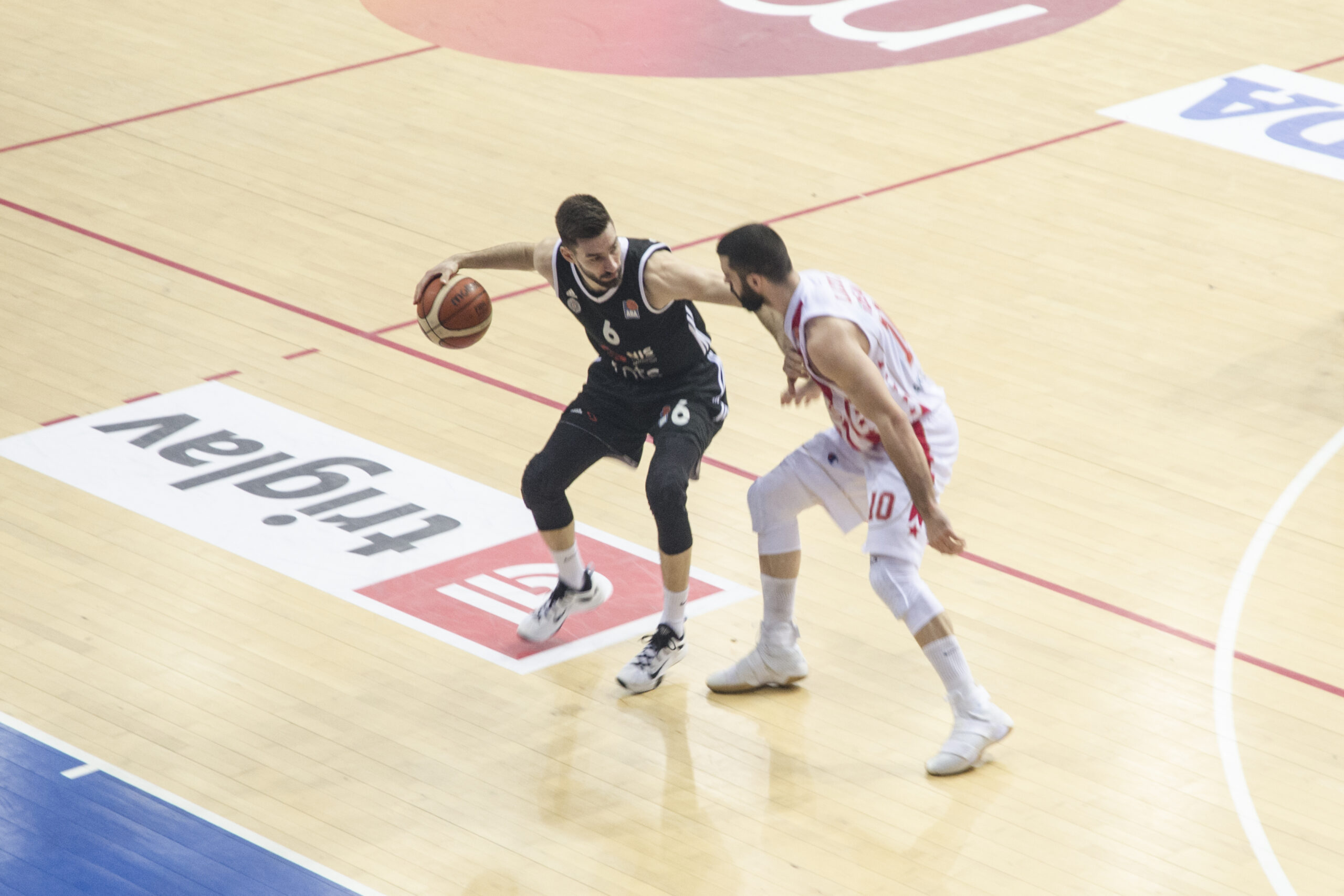
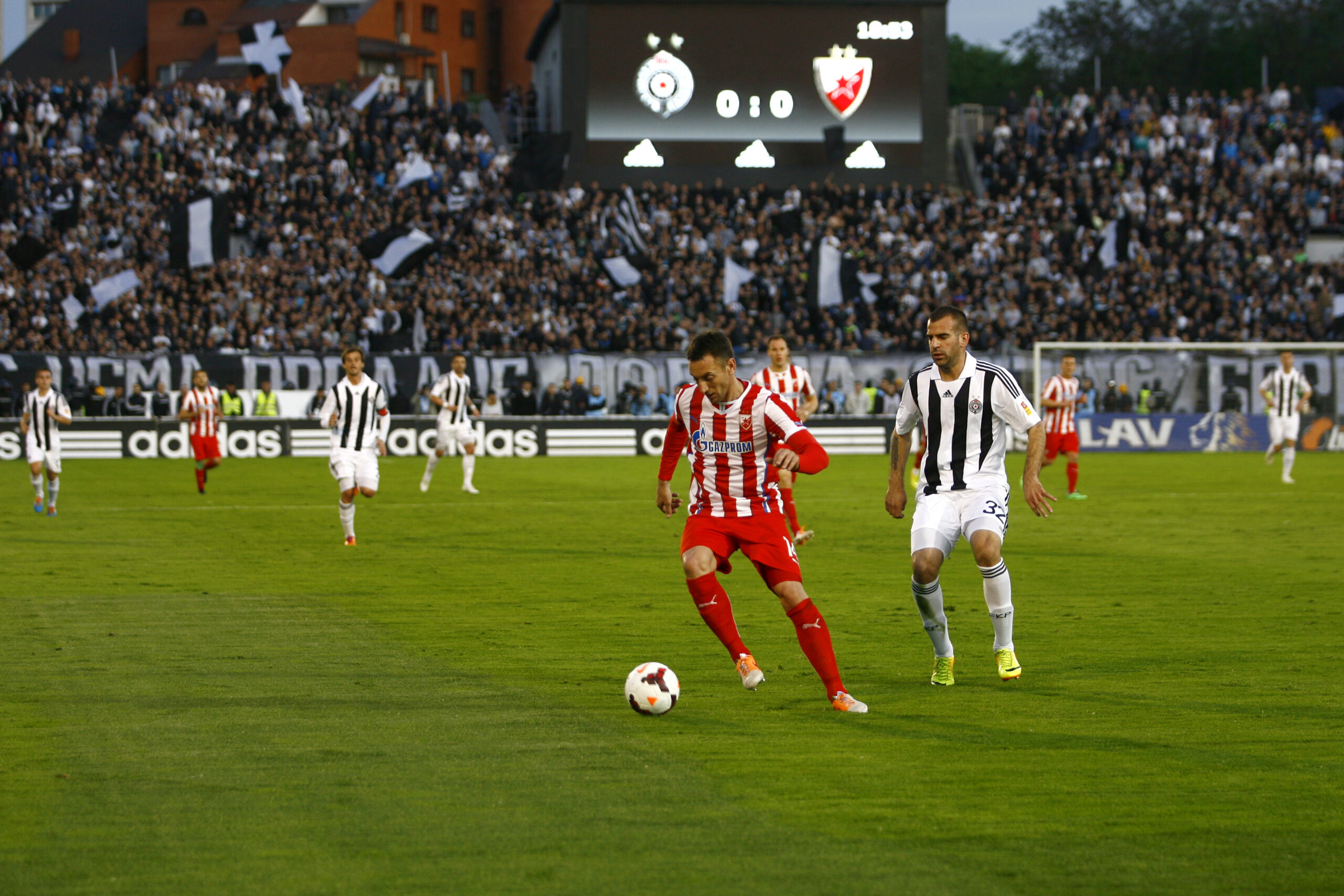
The Eternal Derby between the two Belgrade clubs has truly become a global phenomenon. The generational loyalty to one’s beloved club, the love for team colours, the passion and desire for victory are trademarks of this unique fan tradition. That is why every meeting of these fierce rivals and neighbours is a true celebration of sports, unimaginable without true passion among the fans. For decades, their clashes have attracted widespread attention, their games overshadow any other event, and rivers of the red-and-white and black-and-white fans flow towards sports venues.
The loyal Red Star and Partizan fans, though they might seem total opposites, have plenty in common. In addition to the loyalty to their beloved clubs, they are also connected by a deep love of Belgrade and Serbia. Actually, both sets of fans put Serbia first. It is clear what comes second – the beloved club, the players, unconditional support even when you are losing. It is important that the songs never stop, that you continue chanting, showing your scarves, and waving your flags. This is how, the fans believe, one shows love to their club, supports the team, and shows the path to victory.
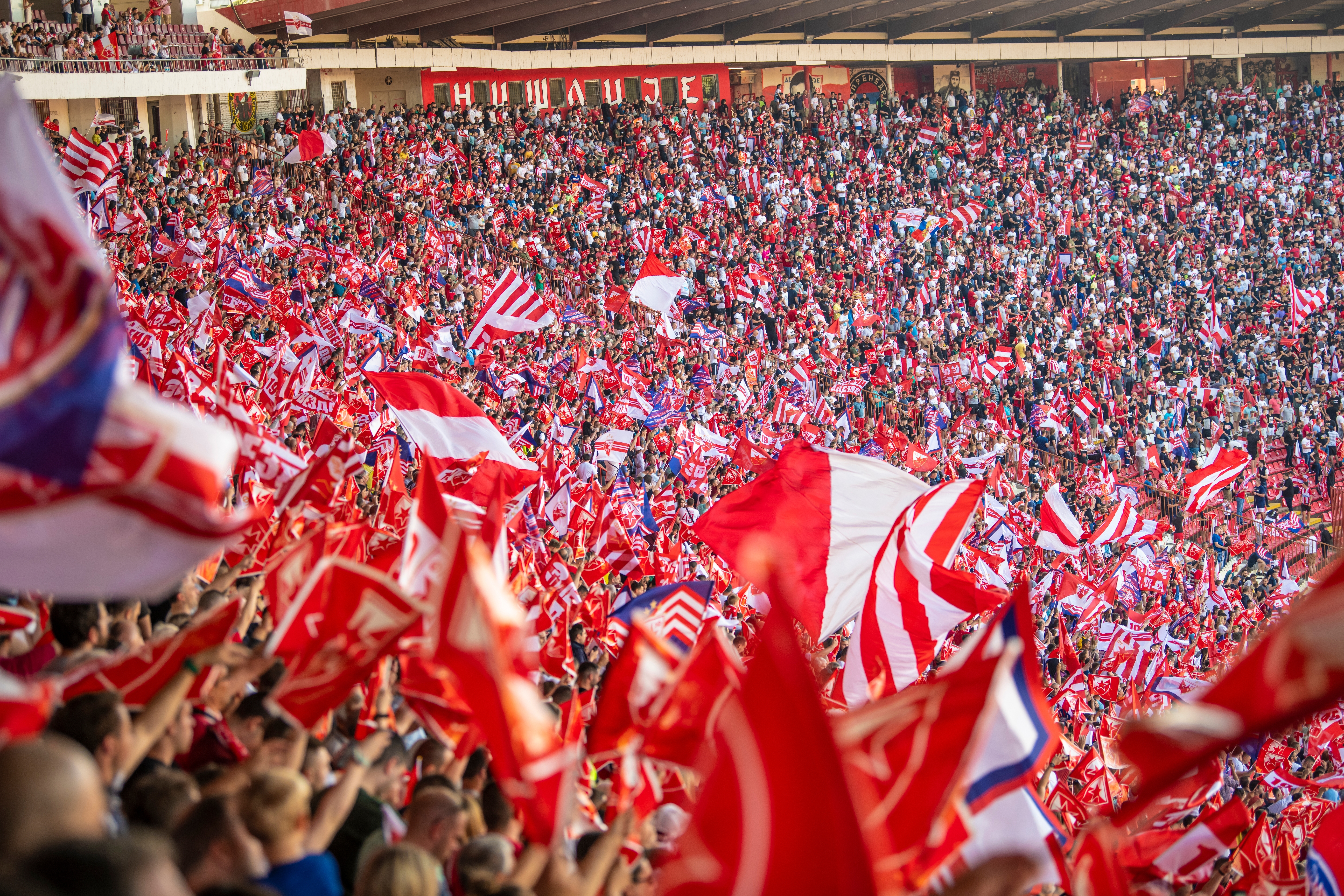
The emotionally packed atmosphere which had long been a part of football matches between the ‘eternal’ rivals has also been taken up in the arenas where other sports are played. The fans remember basketball derbies that were played in the 1990s and 2000s in the tightly packed, hot, and noisy ‘Pionir’ Arena, which now bears the name of the creator of Yugoslav basketball, Aleksandar Nikolić. The atmosphere then would make the palms sweat of even the most experienced players.
The attendance and support of fans to their clubs in European basketball competitions has become anthological and is a sensation in Europe. Dozens of foreign journalists and chroniclers of sports and fandom have visited Belgrade in the previous years, to witness this inimitable passion among fans in the ‘Belgrade Arena’. Almost 20,000 people cheer as one, their countless voices merge to create a unique chord of love to the beloved club, the flags wave, there is singing, tears and joy, combined with fickle sports luck, and all this makes the fans of Red Star and Partizan an attraction admired by every true sports aficionado.
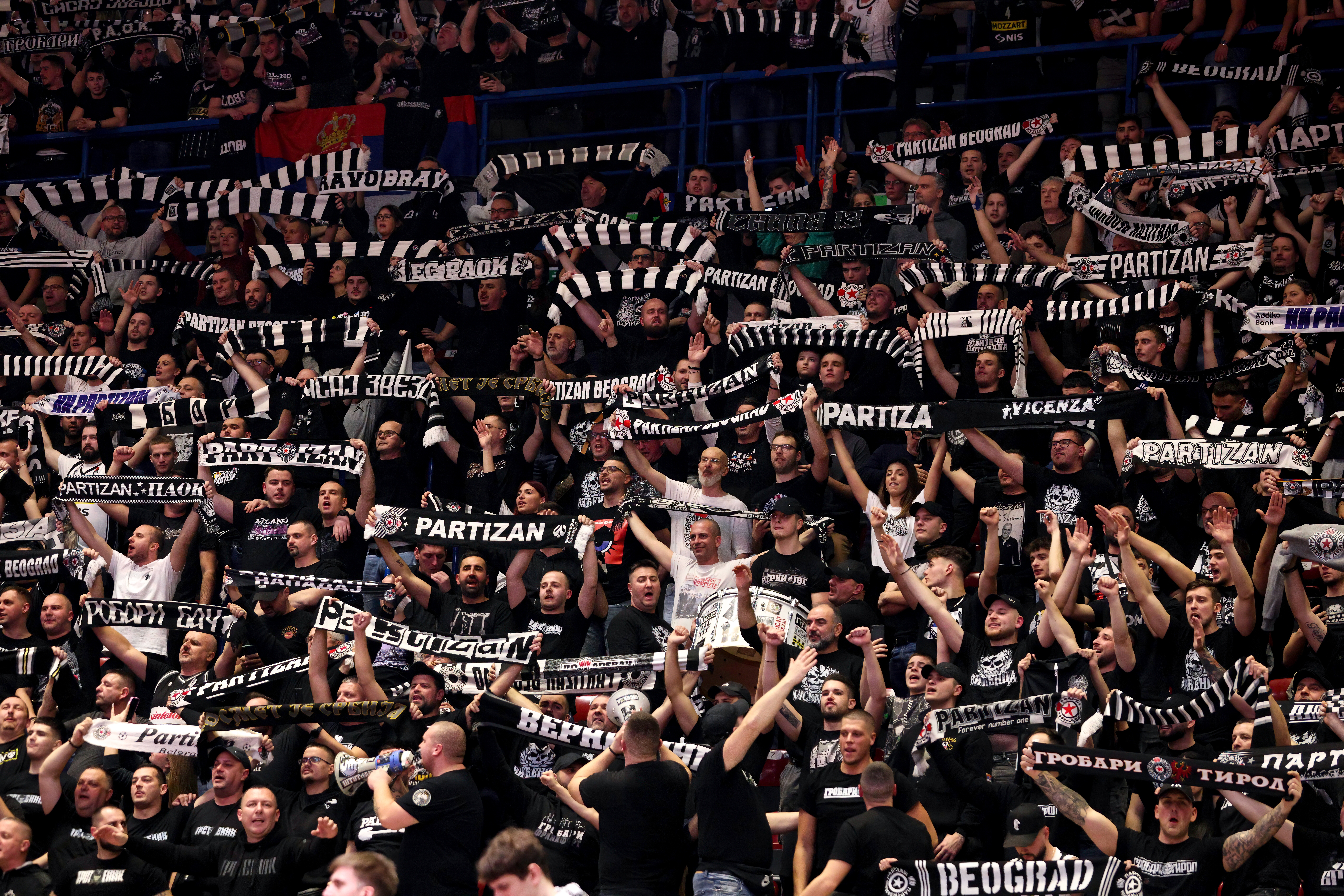
The games between these rivals, regardless of the sport, carry a specific significance both among the players and among the fans. A win in the Derby means much more than just points or position in the standings. This is a triumph, an adrenaline injection with extended duration, and an event to be remembered.
However, to fully understand the phenomenon of the Belgrade Eternal Derby, we must travel back to the 1940s, at the time when the two clubs were founded and when their rivalry was made.
For more information about Eternal Derby as well as many topics related to diplomacy, culture, and Serbia’s rich historical heritage, we invite you to explore Dipos magazine.
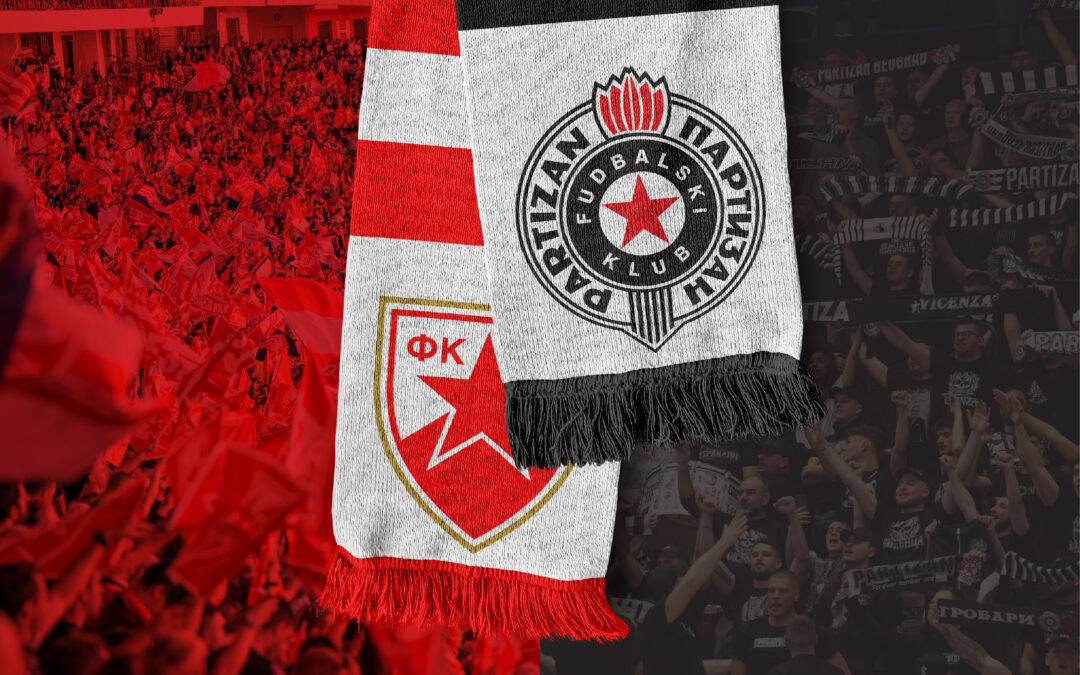







 2018
2018